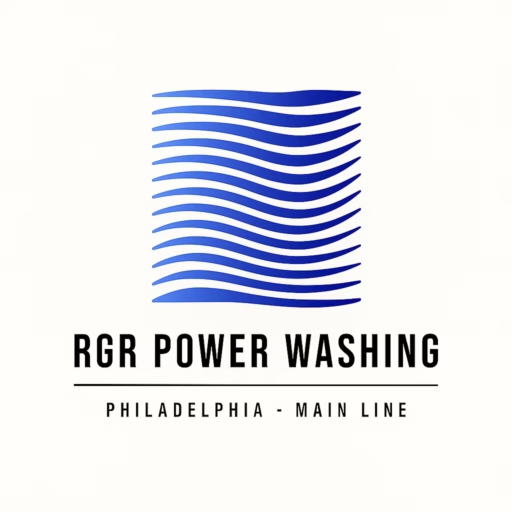Many internet sources cite a research paper, supposedly conducted by the National Association of Realtors (NAR) or the California Association of Realtors (CAR), stating that property values can decrease by 15% due to the presence of graffiti. However, after contacting the research departments of both NAR and CAR, I discovered that neither organization had ever conducted such a study, nor were they aware of any existing research on the topic.
The only verified study on this subject is titled *Spatial Impacts of Microneighborhood Physical Disorder on Property Resale Values in Columbus, Ohio*.
So, how can we accurately determine the effect of graffiti on property values?
One approach would be to analyze two nearly identical property sales, where the presence of graffiti is the sole differentiating factor affecting the sale price. However, this would be nearly impossible in any real estate market and would need to be replicated across multiple markets to yield reliable data.
Alternatively, we could study a controlled environment with the following characteristics:
– Three parallel streets, each with five similar homes on both sides and a commercial storefront located at the corner.
– Street 1 has a few graffiti tags on street fixtures, but the neighborhood consistently removes them.
– Street 2 has graffiti tags covering street fixtures, some appearing weathered. The commercial property has graffiti present but is vigilant about removal.
– Street 3 has graffiti tags covering street fixtures, one tag on the stoop of a residential property, and several graffiti tags on the commercial property’s wall and glass.
We don’t need a research paper to determine which street will be more desirable to potential buyers. However, for specific percentage impacts to be measured, conditions would need to remain consistent over time, and sales data would need to accumulate. This data would allow us to extrapolate and quantify the negative monetary impact graffiti has on property sales.
While anecdotal evidence and logical reasoning suggest that graffiti can negatively affect property values, quantifying its precise impact remains a challenge. The complexity of real estate markets, combined with the numerous variables influencing home sales, makes isolating graffiti as a sole contributing factor nearly impossible. However, one thing remains clear: perception plays a significant role. Buyers tend to gravitate toward cleaner, well-maintained neighborhoods, signaling that unchecked graffiti could deter interest and influence pricing.



No responses yet